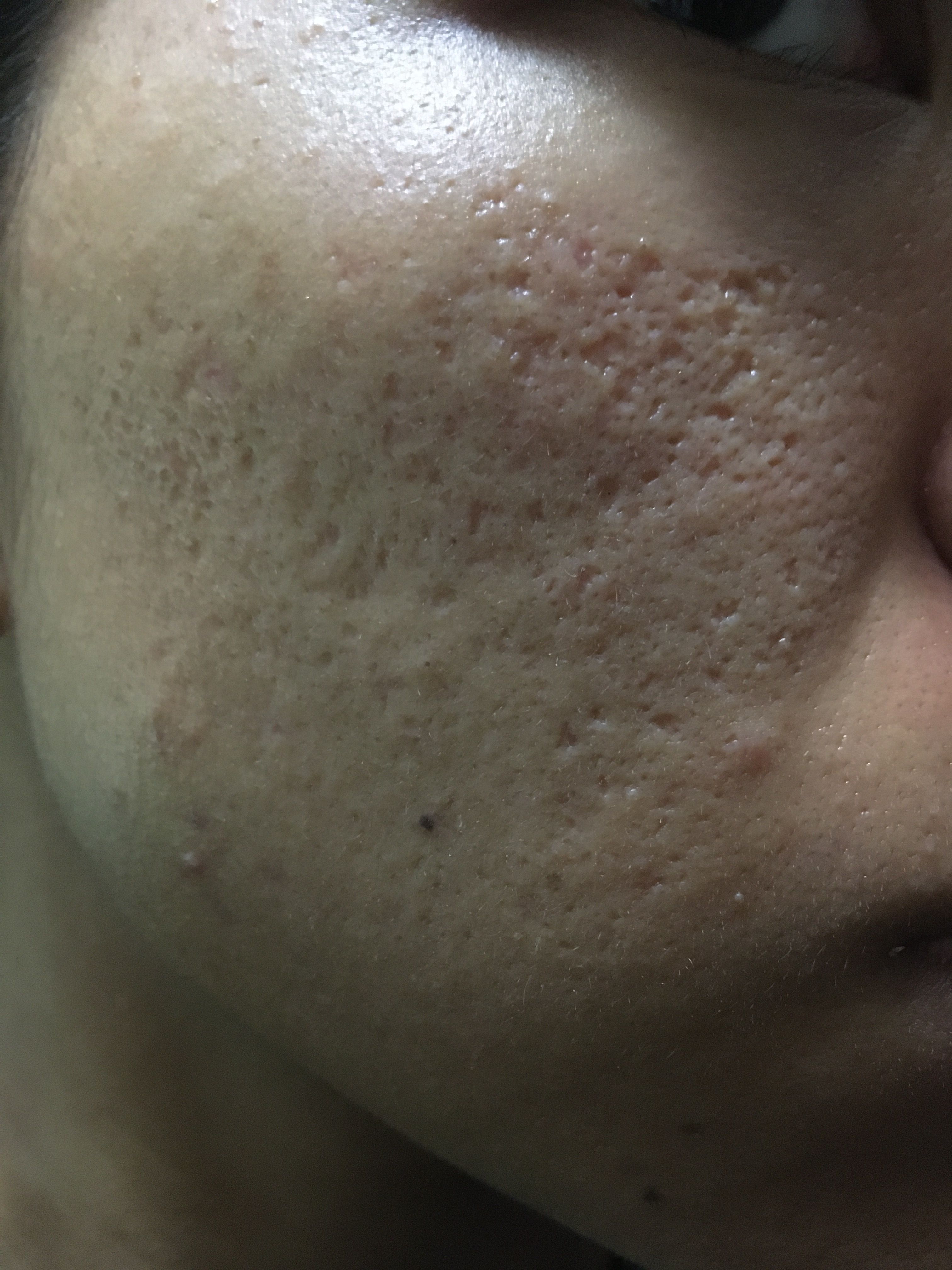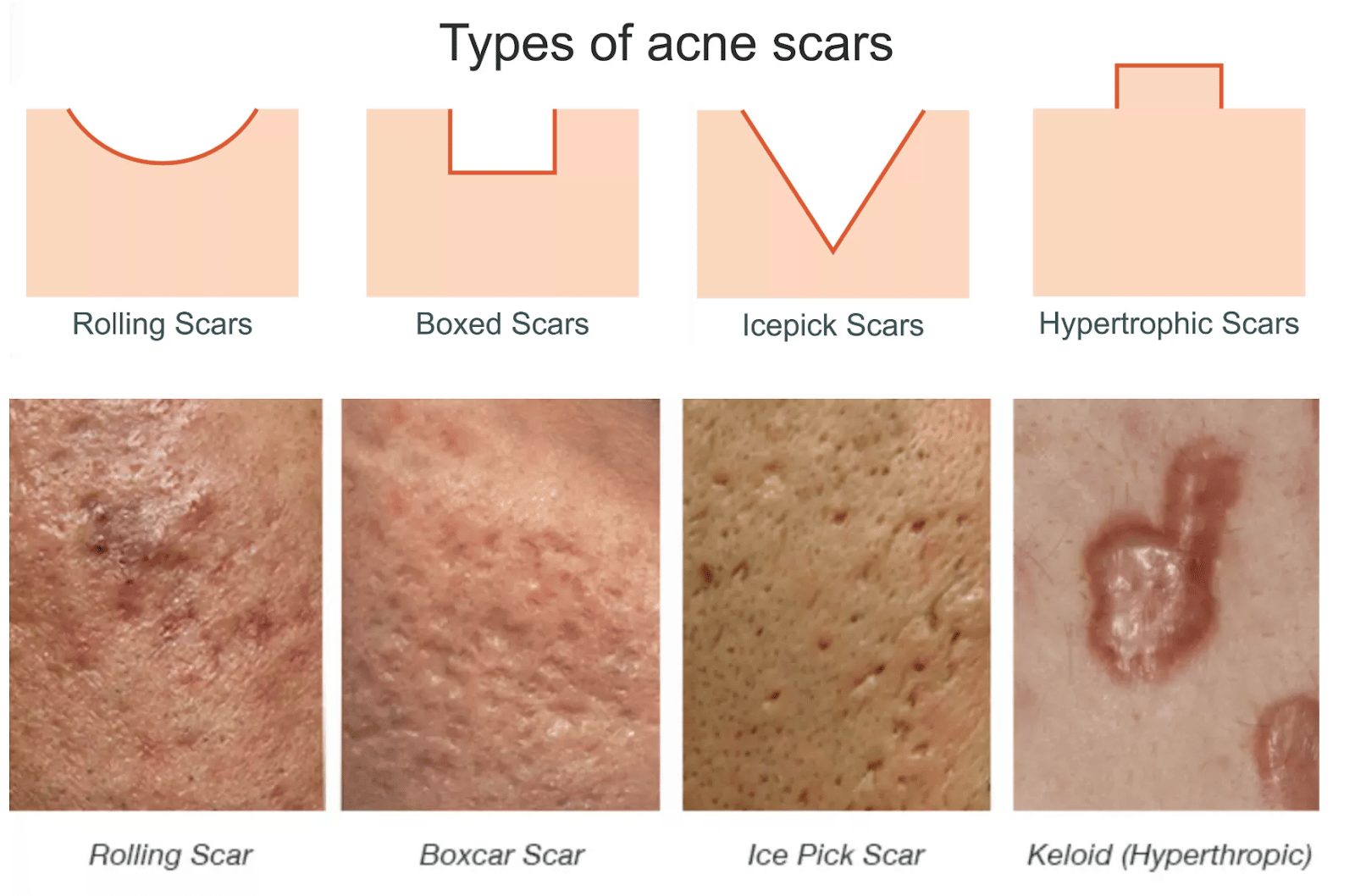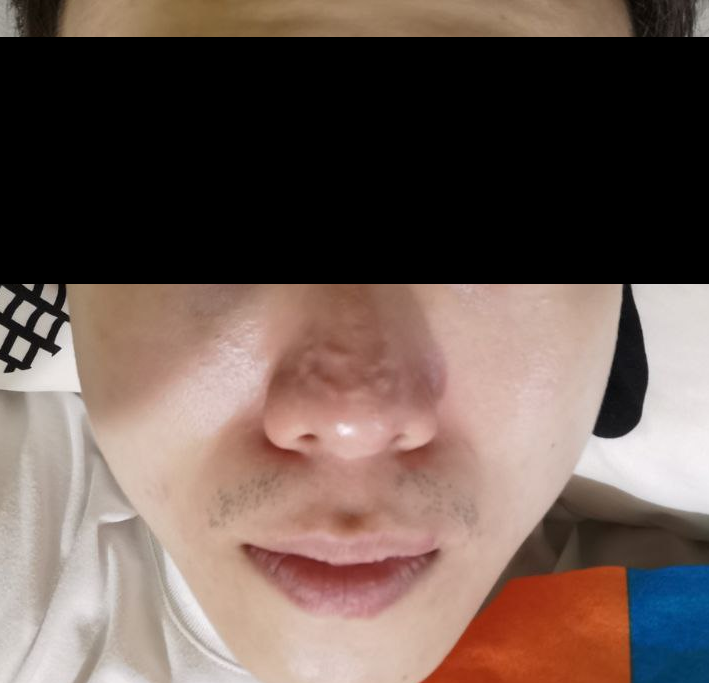Table of Content
“Lunchtime peels” and at-home kits only have superficial results and may not be able to penetrate the skin deep enough to treat ice pick scars. The best way to reduce the risk of ice pick scars is by treating acne outbreaks promptly and avoiding picking or popping acne lesions. Practicing good skin hygiene can help prevent future acne outbreaks, which also reduces the risk of acne scarring. Successful medical procedures used for treating ice pick scars include the chemical reconstruction of skin scars using high concentrations of trichloroacetic acid.
Although professional treatments may not completely get rid of the scar, you should notice marked improvements in appearance and texture. These can help to decrease discoloration and improve overall skin texture. Though these ingredients would not be able to remove the deep pits, they are soothing and can improve the appearance of your skin.
What Do Ice Pick Acne Scars Look Like?
Unlike dermal fillers, which will wear off over time, laser resurfacing can make your acne scars go away for good. Most cases of acne scars rarely heal completely, but you can reduce their appearance. You can overcome the effects of ice pick scars if you practice enough patience and dedication. Depending on the level of seriousness, a dermatologist can help you decide on the best cause of action. Like all other types of acne scarring, ice pick scars also need to undergo 2 levels of treatment.

Afterward, they’ll use skin grafts taken from the back of your ears to fill up these areas. This procedure has shown greater success in covering narrow and entrenched ice pick scars. The inflammation on your acne also has a role in saying how bad your scars could get. Severe acne inflammation tends to dig into the depths of your skin. When that happens, then the acne lesions will have a higher risk of developing ice pick scars.
a. Laser resurfacing
So, it becomes difficult to cure ice pick scars naturally. Usually, ice pick acne scars are caused by inflammatory acne like cysts and papules that penetrate deep into your pores. If you puncture your acne or leave your comedones untreated, that can form an ice pick scar. Because ice pick scars extend deep into the skin, they can be challenging to treat. One of the main ice pick scar treatments is punch excision.

A hypertrophic scar refers to a scar that forms raised lesions on your skin. This skin condition leads to many pit-like depressions forming on your skin. It happens when the collagen compound found in your skin gets destroyed. Punch excision is best for small scars that can easily fit the shape of the punch device. It only treats the individual scars, not any redness or unevenness caused by the scars. Common types of peels include glycolic acid, trichloroacetic acid , and Jessner’s solution.
Natural Remedies
Punch excision and punch grafting are commonly done by facial plastic surgeons. They use local anaesthesia to numb the particular area of the procedure . If you’d like to treat a hypertrophic blemish, there are a few different methods you can try. Some experts suggest applying as much pressure to the scars as you can with either wraps or intense massage.

You could also try applying an OTC onion extract to the scars, which may help heal and lighten the lesion. 100% FREE & NO ADS since 1996.Please pitch in by rating and reviewing any treatments or products you have used before. The more input we all share, the better we will know what works and what doesn’t. Alpha hydroxy chemical peels are much quicker but have a temporary effect. The 1st stage aims to make the depressions flatter by reducing the deepness of the scars.
Boxcar
Ice pick acne scars have steep sides forming a 'V-shaped puncture into your skin. Ice pick acne scars can be up to a few millimeters deep, extending into the skin's second layer. Such an appearance of the scar makes skin look like it was pierced by an ice pick or other sharp instrument.

Ice pick scars are too deep for treatments such as laser resurfacing or dermal fillers that work for other types of scars. OTC topical remedies aren’t powerful enough to treat these types of acne scars. Bleaching agents can reduce redness and brown spots, but these types of products can’t fix the deep, narrow pit of an ice pick scar. Although it may be more effective for ice pick scars than microdermabrasion, dermabrasion is still a skin resurfacing technique with only temporary results.
Here surgeons remove the scar and replace it with a skin graft from an inconspicuous place, like behind your ears. This treatment method raises the level of the scar and matches it with the surrounding skin. During this procedure, a dermatologist gently applies a needle-studded device over the acne scars. The device creates small holes in the skin, which produce new collagen fibers as they heal.
Even with treatment, most deep boxcar scars will never totally go away. However, treatment is effective for shallow scars, and for improving the appearance of deeper scars. Talk to a dermatologist about the best treatment options for your scars. The best treatment for ice pick acne scars can be determined after considering a couple of factors, including the depth of the scar and the area where it’s found. There are different types of acne, but all acne begins with a clogged pore. When pores are deeply clogged, acne can become inflamed and infected with bacteria.
Besides that, when squeezing your skin, you might push all that bacteria and cellular debris even deeper, meaning the root of the issue will be even deeper than initially. The area is then stitched up, and the healing process begins. However, this treatment is likely to cause some discomfort that includes initial bleeding, swelling, and bruising that can last up to a week. So when we don’t have enough collagen to fill up these spots, we are left with noticeable pits and depressions in the skin. Angela Palmer is a licensed esthetician specializing in acne treatment.
Ice pick scars are types of acne scars that form tiny, deep, and narrow holes in the face. Many people find them quite unsightly and want to know how to treat ice pick scars. Unfortunately, however, no treatment options can erase these scars, but they can help improve their appearance. This procedure only works for patients who have shallow acne scars. If your ice pick scars extend deep into the skin, then microdermabrasion may not be effective for you. Dr. Qazi recommends microdermabrasion to complement another ice pick treatment, such as punch grafting or punch excision.
We have already understood that if the inflammation extends much deeper into your skin, you are more likely to develop scarring. Also, picking acne before it heals increases your chances of developing scars. The other main type of acne scar is hypertrophic, or keloid, scars. These are raised scars that form when your body produces too much collagen trying to heal the damage caused by acne.
They are narrow deep scars and less than two millimeters wide, and they look as if a sharp object like an ice pick has punctured a hole in your skin. Acne can be an incredibly frustrating and isolating experience, but thinking back, having acne is what all of this started from. So, on that note, allow me to welcome you to my corner, where we can chat all things skincare, beauty, and anything else in between. Punch excision is the best treatment for ice pick scars that are relatively deep.


No comments:
Post a Comment